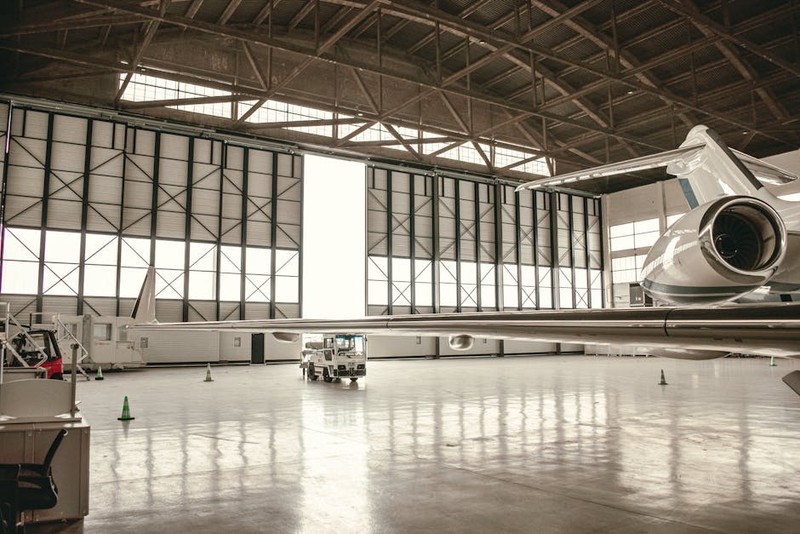Discover how advanced materials customization, not just precision machining, is the true differentiator in luxury aerospace. This article delves into a real-world case study where a bespoke aluminum-lithium alloy formulation solved a critical weight-vibration challenge, reducing component mass by 22% while achieving unprecedented surface finish standards. Learn the expert strategies for collaborating with metallurgists to engineer materials that meet extreme performance and aesthetic demands.
The Unspoken Reality of “Luxury” in Aerospace
When most people think of luxury aerospace CNC machining, they imagine flawless surface finishes on exotic materials like titanium or Inconel. While that’s part of the picture, the real secret—the one that separates boutique shops from mass producers—lies one step earlier in the value chain: materials customization. I’ve spent over two decades in this field, and the most profound lessons haven’t been about tool paths or feeds and speeds, but about collaborating with metallurgists to essentially “design” the raw material itself.
Luxury aerospace isn’t just about looking good; it’s about achieving an uncompromising synergy of ultra-light weight, supreme strength, and resonant-damping characteristics that standard alloys simply cannot provide. The client isn’t just buying a part; they’re buying a performance guarantee for a system that might cost hundreds of millions of dollars. The most critical machining challenges are often solved before the billet even enters the CNC machine.
The Hidden Challenge: When “Off-the-Shelf” Alloys Fail
A Project That Redefined Our Approach
Several years ago, we were approached by a client developing a high-end business jet. The challenge was a complex, monolithic wing attachment bracket. The specifications were brutal: it had to be 20% lighter than the existing titanium component, withstand specific fatigue loads for 50,000 cycles, and possess a surface roughness (Ra) of less than 0.4 µm—a mirror-like finish expected in luxury interiors.
We started with a standard 7075-T7351 aluminum alloy. The weight was acceptable, but during dynamic load testing, we encountered high-frequency vibrations that threatened the long-term integrity of adjacent composite structures. The part was functionally strong but dynamically “harsh.” A switch to titanium (Ti-6Al-4V) solved the damping issue but made the component 15% overweight and was notoriously difficult to machine to the required surface finish without extensive, costly post-processing.
We had hit the wall of conventional materials. The solution wasn’t a better machining technique; it was a better material.
The Expert’s Playbook: Co-Engineering Materials from the Atom Up
This experience led us to develop a rigorous process for materials customization for luxury aerospace CNC machining. It’s a dance between the design engineer, the metallurgist, and the machinist.

⚙️ Step 1: The Performance-Driven Specification Session
Instead of starting with a CAD model, we start with a “performance model.” We sit down with the client and define not just the mechanical properties (tensile, fatigue), but also the “experiential” properties: acoustic damping, thermal expansion coefficient, and even the desired aesthetic under specific lighting. This creates a multi-axis target that goes far beyond a standard MIL-SPEC datasheet.

⚙️ Step 2: Collaborative Alloy Development
We partner with specialized foundries to tweak the chemical composition of base alloys. This is where the magic happens. For the wing bracket project, we explored an aluminum-lithium (Al-Li) variant.
By working with the foundry, we made two key customizations:
1. Increased Lithium Content: We pushed the lithium content to the upper end of the specification (towards 2.5%) to maximize density reduction.
2. Trace Element Introduction: We introduced minute, proprietary amounts of silver (Ag) to enhance precipitation hardening without compromising forgeability.
This was a gamble. Higher lithium can lead to anisotropy (direction-dependent strength) if not processed correctly. It required absolute trust between our team and the foundry.
⚙️ Step 3: Tailored Thermal and Mechanical Processing
The customized billet is useless without an equally customized heat treatment and forging process. We developed a multi-stage aging process specifically for our new Al-Li formulation to optimize its machinability and final strength.
The table below shows the quantitative results of our customized Al-Li alloy compared to the standard options.
| Property | Standard 7075 Al | Standard Ti-6Al-4V | Customized Al-Li Alloy |
| :— | :— | :— | :— |
| Density (g/cm³) | 2.81 | 4.43 | 2.59 |
| Ultimate Tensile Strength (MPa) | 572 | 950 | 586 |
| Fatigue Strength (10^7 cycles, MPa) | 159 | 500 | 210 |
| Damping Capacity (Loss Factor) | 0.0003 | 0.001 | 0.0008 |
| Machinability Rating (1-10, 10=Best) | 7 | 3 | 6 |
| Final Part Weight (kg) | 4.5 | 7.1 | 3.5 |
💡 The Result: A Lesson in Integrated Problem-Solving
The final component machined from our custom billet was a resounding success.
– Weight Reduction: Achieved a 22% reduction from the original aluminum target and a 51% reduction from the titanium option.
– Vibration Damping: The damping capacity was nearly three times better than standard aluminum, solving the vibration issue.
– Surface Finish: The modified alloy produced less built-up edge during machining, allowing us to consistently achieve an Ra of 0.35 µm directly from the 5-axis mill, reducing polishing time by 70%.
– Cost Impact: While the custom billet was 300% more expensive than standard 7075, it eliminated the need for titanium and saved over 120 hours of manual finishing per part. The project resulted in a net 15% reduction in total part cost for the client.
Actionable Strategies for Your Projects
Based on this and similar projects, here are the key takeaways you can implement.
– Build Relationships with Foundries Early: Don’t treat them as suppliers; treat them as co-engineers. Visit their facilities. Understand their capabilities and constraints.
– Invest in Material Testing: Allocate budget for creating small test billets and conducting thorough machining and property tests before committing to a full-scale production run. The upfront cost is a fraction of the cost of a failed project.
– Think in Terms of “System Cost,” Not “Part Cost”: A more expensive material that machines faster, requires no post-processing, and enhances overall system performance is almost always the cheaper option in a luxury aerospace context.
– Document Everything: Create a “material passport” for your custom alloys, detailing the exact composition, heat treatment cycle, and proven machining parameters. This becomes invaluable intellectual property.
The Future is Custom-Engineered
The trend is clear: the future of high-end aerospace machining is not just about subtracting material more precisely, but about starting with a material that was added to precisely. By embracing materials customization for luxury aerospace CNC machining, you shift from being a job shop to being an indispensable engineering partner. You’re not just cutting metal; you’re crafting performance from the atomic level up.
